Evolving Tools for Job-Embedded Professional Learning
As we settle into the 2014-15 school year, there seems an energizing rise of new tools, new structures, and new opportunities to hone our skills and advance our craft as educators. From Google communities to EdCamps to Teacher Rounds, we are taking real strides to create professional learning opportunities, grounded in day to day teaching practices and designed to advance teachers’ alignment of instructional designs with student learning needs. That is, job-embedded professional learning.
One of the joys of my role as a teacher leadership consultant with Oakland Schools is the regular opportunity to facilitate teacher lab learning inside a school. Teacher labs continue to evolve, keeping at the center direct contributions to teachers’ ever improving efforts to advance student learning. (https://issuu.com/communicationsos/docs/jobembeddedproflearning) While the 3 part lab structure of pre-study, observation, and post-study, along with the 3 roles of host teacher, facilitating teacher, and observing teacher hold still, the variations in lab purposes and designs vary with inspiring creativity. And, sometimes, the layers of learning are simply awesome.
On a mid-October morning this fall, I met with one of the study groups at Bartlett Elementary in South Lyon (https://www.slcs.us/). We were launching our third year together, nurturing their use of teacher labs to support their classroom practices, specifically, to support their collective development of a culture of thinking across the school. I was excited for this particular lab day because we would also be taking a next step in preparing two members within the study group to take on the role of facilitating teachers for future labs. Moreover, on this day, the study group was welcoming a student teacher, visiting from Ohio State, as a guest participant in the lab. The day promised to be rich with layers and complexity. Adding to the mix, Bartlett’s teacher labs had become a new kind of lab for my own growth as a facilitator. We had wandered into a lab design that truly depended on what came up at the table; a bit unnerving for a facilitator use to detailed planning. The group had voiced their interest in continuing with the same design and I was game to tinker again.
Last year, all 3 study groups at Bartlett tinkered with the design of their lab day by foregoing the pre-planned classroom observation for the adventure of an “open agenda” lab. We began the day with a round of grounding dialogue, each teacher, in turn, reflecting aloud on “How’s it going?”, which the group understood as an invitation to share updates on their efforts to design for and engage instruction that makes visible their students thinking (www.ronritchhart.com). From the grounding dialogue, the group identified a focus of inquiry for the day and then built the rest of lab agenda around it. This required a teacher at the table to offer her classroom after lunch so we could observe classroom life with the identified focus.
On this day, the group’s grounding reflected nearly unanimous angst in trying to insert thinking routines into their instructional designs and deep concern they were losing ground in the development of the aspired culture. As I listened, it seemed timely to push on their understanding of the interdependence of the cultural forces (https://ronritchhart.com/COT_Resources_files/8%20Cultural%20Forces.pdf). I shared with them a self-assessment document and from their completion of it grew a deeper dialogue about what it looks like and sounds like to shape the classroom culture for thinking—beyond the routines and structures that are just one of the 8 elements. It seemed energizing to the group to go into a classroom to look at these cultural forces under development—when a planned routine was not being used. Indeed, for the first time, the group explored making a shared observation that kept the guest teacher engaged with the students, freeing the host teacher to observe her own classroom culture.
And so we ventured into a 5th grade classroom where the guest teacher led small groups of students in their continuing study of literary elements. As the students built and revised “story mountains” of introduction, rising action, climax, falling action, and resolution, the observing teachers listened and looked for ways thinking was prompted and valued. Most of the teachers had decided to look for the opportunities (and missed opportunities) to promote student thinking. Others looked at the language in the classroom, student interactions, or expectations. Each came back to the table with new understandings about what it means to shape the cultural forces for thinking. They spoke in new ways about how their efforts to grow a culture of thinking is so much more than inserting routines into their lesson designs, Rather, they were affirmed that they are shaping the culture and they can refine their efforts daily by keeping the phrase “for thinking” at the center.
As we took a step back to close the day, the study group (myself included) was intrigued once again, how the focus of the lab day emerged from the honest reflections of their opening dialogue. As a group, they voiced their affirmation for the value of making their practices public—bumps, lags, and misunderstandings included—for the continued growth of their students. For me, there was an additional layer of appreciation for the nested learnings of the day. I experienced a sense of contribution to the advancement of these practicing teachers’ understanding of instructional design. I felt encouraged that the day nurtured growing confidence in the teacher leaders’ preparing to facilitate this group later in the year. And, the bonus of the day was to witness a student teacher’s eager participation in a form of professional learning that we hope will become the norm as she moves through her own induction into the profession.
Job-embedded professional learning remains new territory for all of us. The uncertainty, approximations, and missteps seem worth it when each experience illuminates a bit more, what it means to live into our Learning Forward vision of “every educator engages in effective professional learning every day so every student achieves.”
Lauren Childs, President for Learning Forward Michigan

Our Vision
Equity and excellence in teaching and learning.
Our Mission
Learning Forward Michigan builds the capacity of leaders to establish and sustain highly effective professional learning.
Standards and Impact
Supports the implementation of standards and examines evidence to strengthen and document the impact of professional learning.
Leadership and Practice
Builds the capacity of its members, clients, partners, and staff to establish and sustain effective professional learning.
Advocacy and Policy
Advocates for policies and practices that strengthen the field of professional learning.

